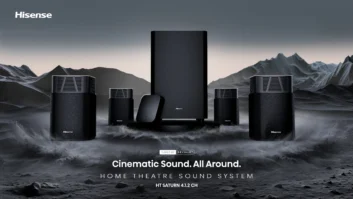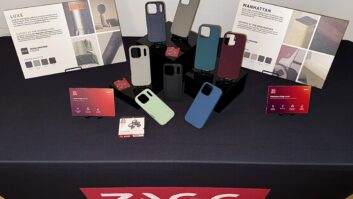
Advances in technology over the past decade have affected nearly every facet of our professional and personal lives. In the 2010s, we saw the rise of now-everyday technology — like social media, cloud computing and artificial intelligence. Apple iPads, Uber, fitness trackers and electric cars are just a few of the many ways our daily lives have changed since 2010.
While many industries have benefited from the introduction of technology, the wireless industry has seen exponential growth –– from the advancement of 3G to 5G capabilities to the impact of location-based services.
This type of progress shows how the wireless industry is following the changing habits of its customers and advancing its technology accordingly. With these advancements, we’ve seen more forward-looking predictions, which have dramatically changed from the beginning of the 2010s to today. Let’s take a look at some of the predictions made in 2010 and what we can expect in 2020.
2010 Prediction: Can 3G networks handle high capacity usage?
In 2007, Apple entered the wireless space with its first-ever cell phone. Three years later, Apple released the iPhone 4, the company’s first phone relying solely on 3G. As one of the largest and most well-known technology companies in the world, Apple’s move was a huge step forward for the wireless industry. With 3G, mobile subscribers could enjoy faster data downloading and internet browsing speeds.
Shortly after 3G was announced, 4G and LTE began taking shape. The next generation of wireless technologies promised increasingly fast data transmission speeds. By 2013, 4G networks had become the industry standard with multiple smartphone companies like Apple and Samsung implementing it into phones. As we enter the 2020s, many wireless carriers are discussing the next big thing: 5G.
2020 Prediction: Are we ready for 5G?
As we fast-forward to 2020, 5G has taken conversations by storm among wireless carriers and consumers alike. Many experts predict 5G networks will eliminate major connectivity problems due to overcrowding, particularly when consumers are at sporting events or concerts.
In our current climate, where the majority of the workforce is working from home, faulty Wi-Fi and unstable connections pose challenges for employees to work effectively. In addition, as 5G becomes more of a reality, experts predict it will play an important role in augmented reality computing and our use of artificial intelligence in the cloud without a fiber connection. This prediction varies greatly from what we saw in 2010 when artificial intelligence was in its infancy.
2010 Prediction: How will Location-based services (LBS) impact consumers?
If ten years ago, someone had said your phone could pinpoint your exact physical location, would you have believed them? Since then, LBS has quickly gained popularity among customers and businesses alike. Users can get current and relevant information concerning what’s around them, share their location with others and instantly access maps and traffic data.
According to a survey conducted in 2011, only 28% of adult Americans regularly used LBS, but LBS was still predicted to drive $700 billion in value to customers and business owners throughout the decade. While LBS has proven its viability, there is still a lot of discussion on whether or not this technology adheres to consumer privacy standards, which brings us to our next 2020 prediction.
2020 Prediction: How will carriers protect the privacy of their customers when using LBS?
Last year, the Federal Communication Commission (FCC) caught four of the largest U.S. cell carriers selling real-time location data to other companies for nebulous “data purposes.” More recently, the FCC fined the same four carriers $200 billion for compromising consumer privacy. This shows the tremendous impact on consumers and the concern from the industry as a whole. Wireless carriers must make this a priority as they continue to advance their LBS offerings.
Even though the wireless industry has changed dramatically since 2010, there is still a long way to go as carriers fine-tune their LBS offerings and continue investing in and expanding 5G. Regardless, the next ten years will bring its own share of interesting developments.













